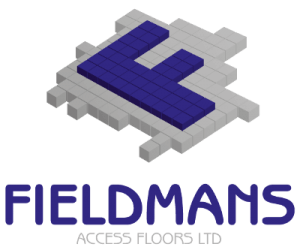With data centres and computer server rooms becoming larger and more numerous companies are often faced with a decision: what is most suitable for their circumstances, hot or cold aisle containment? This month we explore the pros and cons of each to help you determine which is best for you and your business.
What is hot and cold aisle containment?
Computer, server, and telecommunications equipment and switchboards generate a lot of heat and therefore require cooling to avoid overheating and damage. The hot air that is generated by the equipment will also need to be channelled and removed to avoid mixing with the cooler air pumped in to keep equipment functioning properly. Whether you are managing an office server room or a large data centre hosting a number of companies’ data, you will need to consider the best way of managing that cooling process. Separating the cold areas from those that are warmer will help keep your data safe as well as manage your energy bills. For more information on how containment works, see our previous blog here.
Cold aisle containment – the pros and cons
There are a number of benefits to cold aisle containment, namely:
- It is cheaper to implement as it mainly requires doors at aisle ends and a cap above the space you are looking to contain
- It is easier to retrofit, particularly if there are obstructions at ceiling height
- Raised flooring can be more easily used to deliver cooling and to store cabling
- Offers cold sink areas should there be a power failure, containing cooler air for longer until the power comes back online
There are, however, a few challenges with cold air containment, including:
- Your data centre, excluding the cold aisle areas, becomes the hot room requiring heat extraction to make it more comfortable for staff
- There may be some return of cold air through floors between the hot and cold aisles, somewhat reducing the efficiency of your cold aisle
- Cold aisle containment will require its own separate fire suppression system, or at the very least must have a connection to the fire detection system
Hot aisle containment – the pros and cons
The benefits of hot aisle containment include:
- The data centre as a whole becomes the cold room making the system slightly more effective
- Containing the hot air will require reduced levels of cooler air
There are some disadvantages, such as:
- It is a more expensive system as containment and heat extraction systems are required at ceiling height which may not always be feasible or cost-effective
- The higher air temperatures make it more uncomfortable for staff entering and working in those aisles
- Depending on ceiling height fire suppression systems may not be able to meet building standards, potentially requiring a re-design to allow them to do so
For advice and assistance on determining which option is best for your business and how raised flooring can help you meet your needs and building standards, talk to us at Fieldmans Access Flooring. We offer a free, no-obligation survey and quote – just call us on 020 8462 7100 for an initial discussion or to book an appointment.
